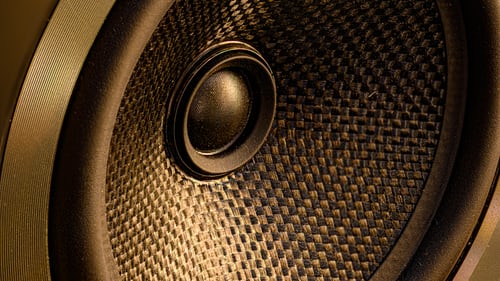5 Tips For Efficiently Setting-up Your AV System That’ll Promise Great Performance
A personal WFH system set up, a home theatre, an entire AV system enabled meeting room at an office, or an AV system at an event venue — regardless of the scale, AV systems are a costly investment and require a lot of time and effort to get set up. After doing so much work on a system, you wouldn’t want to run into technical or functional problems, would you?
How an audio-video system has been installed or set up has a significant amount of effect on its functionality. The better and well-planned the design and structure of the setup, the higher its efficiency. But how and why does it happen? Keep reading to find out.
- Only Trust Experts With Installation
Every AV system is an amalgamation of multiple segments, all playing vital roles in bringing together an efficient system to provide you with a seamless service. It consists of a complex blend of video equipment, audio equipment, data handling, lighting, acoustics, electrical power setup, and other components to interconnect these technologies and systems with a central system that you can use to control the system virtually. This kind of collaboration needs assistance from system architects, AV installers, technical experts, IT professionals, audio visual design consultants, and engineers.
Therefore, make sure to consult and consider expert advice meticulously as they know how to get your system installed for the best performance.
- Keep The Area Clutter-free
You mustn’t have a cluttered AV system to prevent hazards. Imagine holding a bunch of cords and wires, not knowing which connects to the amplifier, the mic, and the system. A sea of cables laying open can cause people to trip and are prone to spillage, causing a potential fire. It is hazardous and also can make working difficult.
A decluttered area allows room for efficient working. Professional installers can help you out by showing you how to set it up in a tidy manner. Duct tapes, zip ties, and other binding equipment can be your best friends while setting the system up.
- Ensure Good Ventilation For All The Components
Overheating is one of the biggest problems that arise while using AV systems. When the components heat up, you can immediately realize the problems. The sound quality significantly drops, the acoustics go completely off, the system lags, the communication gets difficult, and often the system completely shuts down.
Setting up your audiovisual system so that every segment has room for ventilation while looking put together and professional can increase its efficiency. Cooling pads for the equipment can also be helpful. You can consult a professional to guide you through the process of installing it properly.
- Always Choose Good-quality Equipment
Choosing the right components holds paramount importance. All parts, including receivers, projectors, control panel, mics, speakers, etc., should ideally work for a few years, provided that you took essential measures while installation and did routine checks. Buying them from reputed manufacturers and brands will guarantee their lifespan. Buying good-quality equipment will save you all the more in servicing and repair.
- Go For Adaptable Set-Up Components
With them functioning for a few years, your AV system needs are bound for upgrades.
An efficient AV setup design should have scope for new updates. If you bring in new equipment or scale up the system, the system design should be able to adapt to it. Perhaps, it is ideal that you take an expert’s advice on an ideal setup design and finding equipment that can be with you in the longer run.
Your AV system’s setup design should not just be efficient in the current scenario. It should be ready for future changes too. Make sure to consult an expert for efficiently planning and putting together your system.
